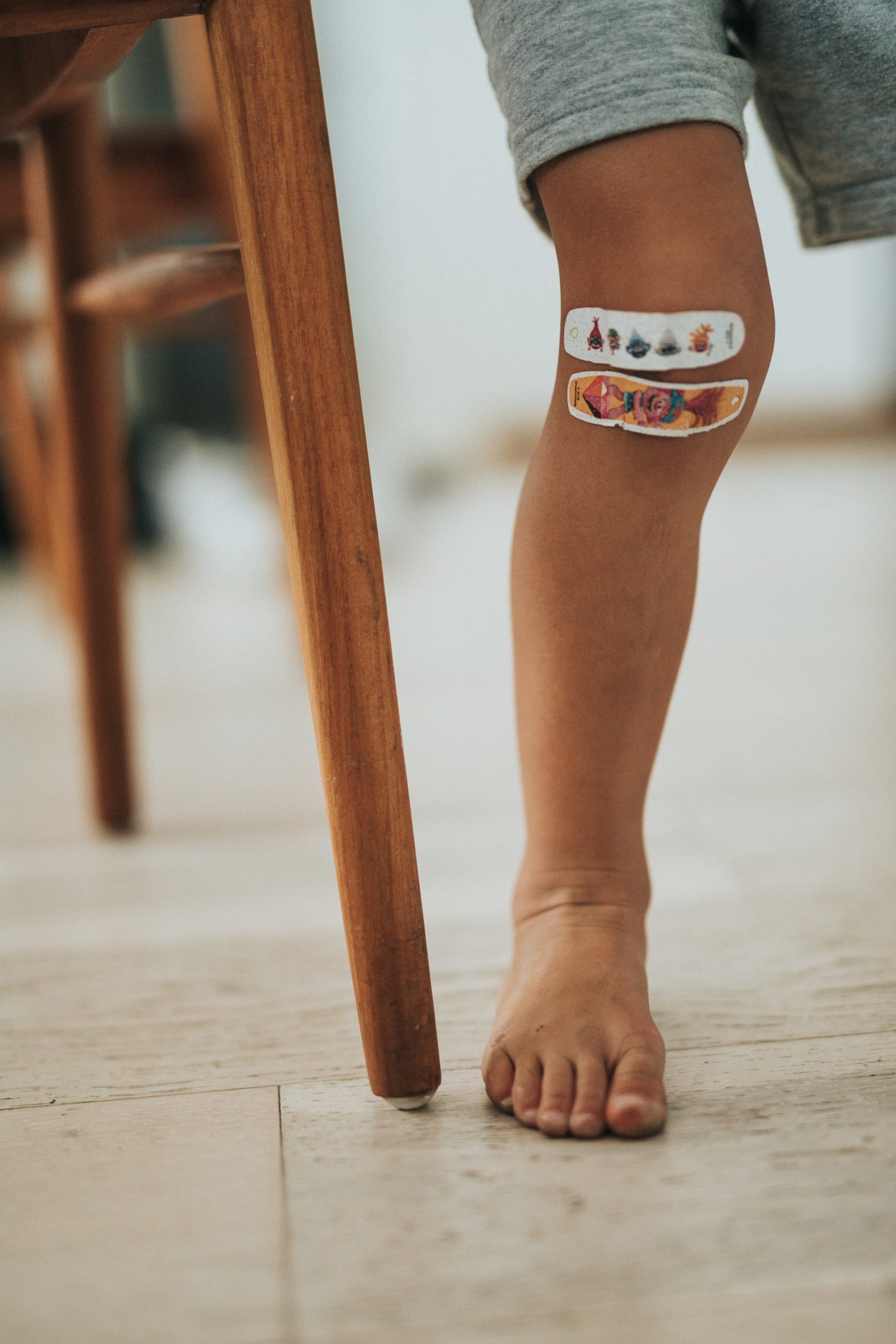
Body + Mind is reader-supported. We may earn an affiliate commission when you buy through some of the links on our site.

Do your knees creak like the door at a Halloween scream park attraction when you first wake up? Does pain keep you from doing the things that you love?
If it hurts when you move, the problem could be swollen, achy joints. Here are six causes of joint inflammation and how to get relief.
If you thought arthritis was something only the elderly had to worry about, think again. This form of the disease can strike at any age and cause considerable disability, although it typically appears between ages 30 and 50.
People with this form of the disorder may experience more achiness in the morning. If this statement describes you, please try to schedule your more labor-intensive activities in the afternoon. Prescription medications like biologics not only address pain but can decrease further joint deterioration, leading to improved outcomes overall, so please see your doctor as soon as symptoms develop.
Repeated injuries can damage your joints and leave them more prone to pain and swelling in the future. The good news is, you can combat many age-related changes with appropriate exercise, but you have to strengthen the muscles, ligaments and tendons.
When you get an injury, please give your body the time it needs to heal. As a general rule, use ice for acute injuries and heat for muscle soreness. However, while experts don’t recommend using ice for swelling, many arthritis patients swear that it helps their mobility. The bottom line? Listen to your body.
Osteoarthritis may be the reason why so many people associate the disease with advancing age. This form of the disorder does occur from wear and tear and typically originates in your 50s and affects more women than men.
Arthritis can affect any joint, but those you’ve repeatedly injured may ache worse due to repeated damage. It often affects the knees, wrists and fingers since they see frequent use. While you can’t change your history and may not be able to realistically modify your lifestyle, you can do things to reduce your risk.
Try to maintain a normal weight, as excess pounds can increase pressure on your joint. Likewise, weak muscles make your joint absorb the full impact of any activity, so strive to get your daily exercise.
Gout is a painful form of inflammatory arthritis. It results from having too much uric acid in your blood, which your body creates when it breaks down purines, substances frequently found in red and organ meats. Alcohol intake also contributes to the condition. Beer and whiskey are high in purines, but foods containing fructose, a simple sugar, also increase risk — so the less booze, the better.
This condition also puts you at increased kidney stone risk. If you have this disease or it runs in your family, please stay hydrated to flush excess uric acid from your blood. You should also strive to maintain your weight and take regular physical exercise.
Psoriatic arthritis is another one of the most common types of this disease. Unlike the rheumatoid and osteo forms of the disorder, this variation includes an autoimmune component that attacks your skin. This condition causes raised red scaly patches, usually around your joints, that can itch and cause embarrassment.
Psoriatic arthritis can affect the spine where it is called spondylitis. Treatment involves using drugs like methotrexate and sulfasalazine, although newer biologic injections and infusions can also help stop joint damage. Some practitioners use the drug hydroxychloroquine, although it can cause flares in some patients.
Finally, nonspecific infections can also cause joint inflammation. Septic arthritis can occur when bacteria enter your bloodstream through your skin or urinary tract and travels to your joints. Staphylococcus aureus is the most common culprit.
If your joint inflammation results from an infection, you’ll likely need antibiotics to get relief. Severe cases may require the use of an intravenous version to address the underlying problem. You run a higher risk of developing septic arthritis if you have an existing joint condition or take medications for it that lower your immune response.
Now you know the causes of joint inflammation. Once you identify the source of your trouble, you have a better chance of finding relief.
Your email address will only be used to send you our newsletter, and at any time you may unsubscribe. For more information, see our Privacy Policy.